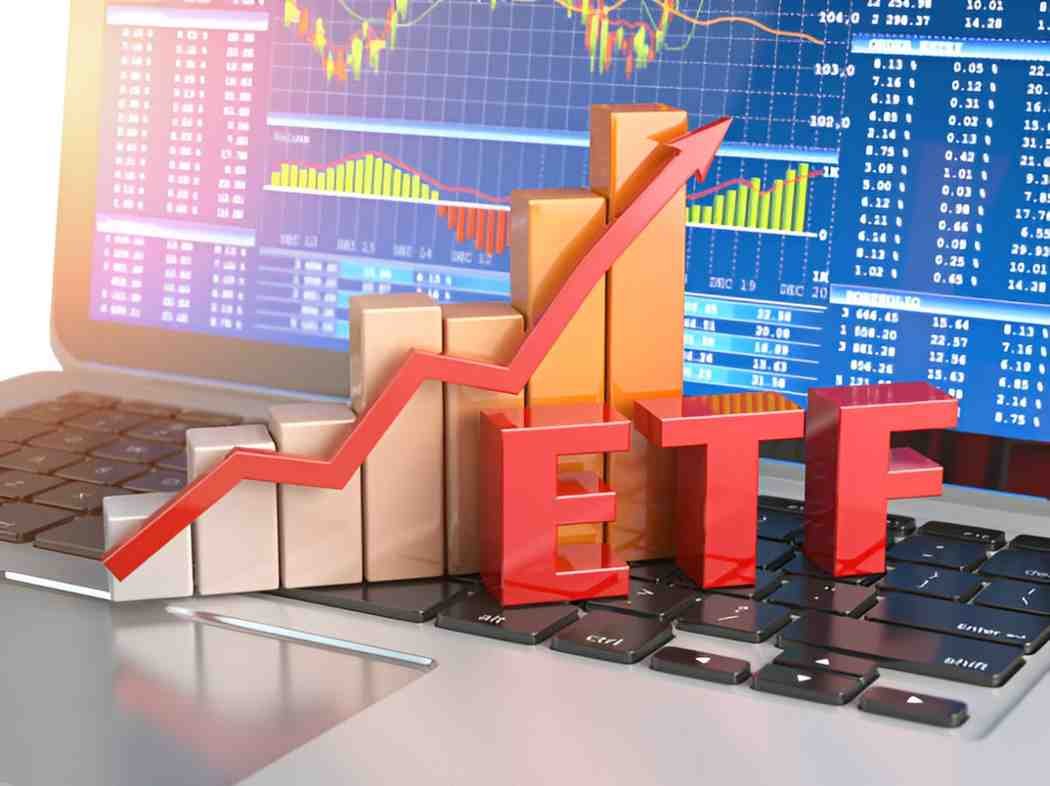As an investor, I often explore niche sectors that promise long-term growth. Artificial Intelligence (AI) and the Internet of Things (IoT) represent two such transformative technologies. Investing in them through mutual funds or ETFs offers diversification while mitigating individual stock risks. In this guide, I break down the opportunities, risks, and strategies for investing in AI and IoT funds.
Table of Contents
Understanding AI and IoT as Investment Themes
What Makes AI and IoT Attractive?
AI and IoT drive efficiency across industries. AI enhances decision-making through machine learning, while IoT connects devices for real-time data analysis. Together, they power smart cities, autonomous vehicles, and Industry 4.0.
The global AI market is projected to grow at a compound annual growth rate (CAGR) of 21.6\% from 2024 to 2030 (Grand View Research). IoT, meanwhile, is expected to reach \$1.5 trillion by 2030 (McKinsey).
Why Choose Mutual Funds or ETFs?
- Diversification: Reduces exposure to single-company volatility.
- Cost Efficiency: Lower expense ratios than actively managed funds.
- Liquidity: ETFs trade like stocks, offering flexibility.
Comparing AI and IoT Mutual Funds vs. ETFs
| Feature | Mutual Funds | ETFs |
|---|---|---|
| Management | Active or Passive | Mostly Passive |
| Fees | Higher expense ratios | Lower expense ratios |
| Trading | End-of-day pricing | Intraday trading |
| Tax Efficiency | Less efficient | More efficient |
Examples of AI and IoT Funds
- Global X Robotics & Artificial Intelligence ETF (BOTZ) – Focuses on AI and robotics.
- ARK Autonomous Technology & Robotics ETF (ARKQ) – Invests in AI, IoT, and automation.
- iShares Robotics and Artificial Intelligence ETF (IRBO) – Broad exposure to global AI firms.
Performance Metrics and Risk Assessment
Calculating Expected Returns
Suppose an AI ETF has holdings with the following expected returns and weights:
| Stock | Weight (w_i) | Expected Return (r_i) |
|---|---|---|
| NVIDIA | 15% | 25% |
| Alphabet | 10% | 18% |
| Tesla | 8% | 12% |
The portfolio’s expected return (E(R_p)) is:
E(R_p) = \sum (w_i \times r_i) = (0.15 \times 0.25) + (0.10 \times 0.18) + (0.08 \times 0.12) + …Risk Factors
- Regulatory Risks: AI faces scrutiny over data privacy.
- Technological Obsolescence: Rapid innovation may render some IoT devices outdated.
- Market Volatility: Sector-specific ETFs can be more volatile than broad-market funds.
Strategic Allocation in a Portfolio
How Much Should You Invest?
I recommend the 5-10% rule for thematic investments. Allocate a small portion of your portfolio to AI/IoT funds while maintaining core holdings in index funds.
Rebalancing Strategy
- Review holdings quarterly.
- Adjust weights if a single stock dominates the ETF (e.g., NVIDIA in BOTZ).
Tax Implications
ETFs vs. Mutual Funds
ETFs are more tax-efficient due to in-kind redemptions, which minimize capital gains distributions. Mutual funds may trigger taxable events when rebalancing.
Final Thoughts
AI and IoT mutual funds and ETFs offer a balanced way to capitalize on technological disruption. While growth potential is high, risks like regulation and volatility remain. A disciplined approach—diversification, periodic rebalancing, and tax awareness—can enhance returns.





